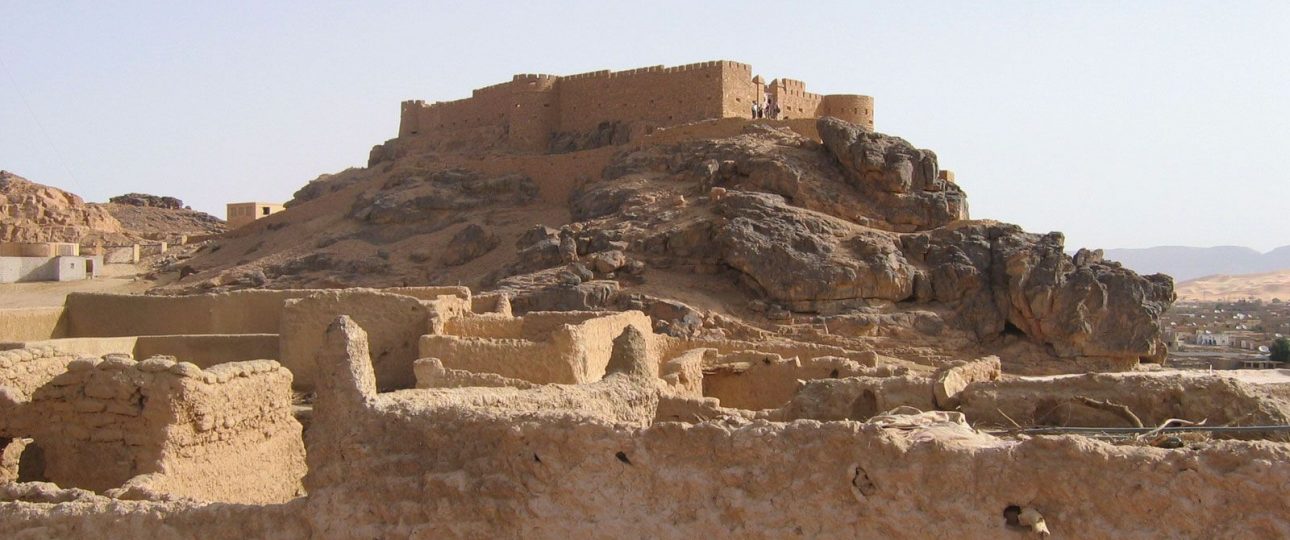Welcome to Ghat
Ghat, a city steeped in history and culture, is located in the Fezzan region of southwestern Libya, near the Algerian border. This ancient city, approximately 870 miles from Tripoli, offers a unique blend of natural beauty and cultural richness. As a traveler who has explored its landscapes and mingled with its people, I can attest to the allure of this remarkable destination.
History and Heritage
Ghat’s history is as vast as the desert that surrounds it. The city has been a crossroads for various civilizations, from the ancient Garamantes to the Ottoman Empire. Its strategic location made it a vital stop on the trans-Saharan trade routes, linking North Africa with sub-Saharan regions. Walking through Ghat, you can still see remnants of these bygone eras, including ancient rock carvings and the well-preserved Turkish fortress that stands as a testament to its storied past.
The People of Ghat
The city is home to approximately 32,000 people, predominantly from the Tuareg community. The Tuareg, known for their distinctive blue attire, speak Tamasheq, a dialect of the Amazigh language, and use the ancient Tifinagh script. Arabic is also widely spoken, and some residents speak Hausa due to historical ties with Nigeria and Niger. This cultural diversity is reflected in the vibrant traditions and customs that visitors can experience firsthand.
Natural Wonders
Ghat is surrounded by breathtaking landscapes that beckon nature enthusiasts. The Acacus Mountains, a UNESCO World Heritage Site, are a short distance away and feature stunning rock formations and ancient rock art dating back thousands of years. These paintings offer a glimpse into the region’s prehistoric past and the climatic changes it has undergone.
For those seeking adventure, the nearby Tassili n’Ajjer mountain range is a treasure trove of archaeological inscriptions and natural beauty. The golden sands and valleys provide a picturesque setting for exploration, while the unique flora, such as the medicinal Calotropis procera, adds to the area’s allure.
Exploring the Fortress of Ghat
The Ottoman-era fortress in Ghat is a must-visit for history buffs. Though it was damaged during the Italian occupation in 1913, it has been restored and now serves as a prominent tourist attraction. Climbing to the top offers panoramic views of the city, the Acacus Mountains, and the surrounding desert. The fortress also features an underground tunnel, believed to have been used during sieges, adding an element of intrigue to your visit.
Cultural Experiences
Ghat’s cultural scene is as vibrant as its landscapes. The annual Ghat Festival, held in December, is a celebration of the city’s heritage, featuring traditional music, dance, and camel races. Visitors can immerse themselves in the local culture by exploring the bustling souks, where artisans sell handcrafted goods, spices, and traditional clothing.
For a deeper connection with the local community, consider staying in a traditional Berber house. These accommodations offer a glimpse into the daily life of the Tuareg people and provide an opportunity to engage with the locals and savor authentic Libyan cuisine.
Practical Information
Ghat experiences a desert climate, with hot summers and mild winters. The best time to visit is from November to February when temperatures are more comfortable for outdoor activities. The city is accessible via Ghat Airport, which offers domestic flights. Once in Ghat, taxis and car rentals are available for getting around, though driving in the desert requires caution and preparation.
In summary, Ghat is a destination that offers a rich tapestry of history, culture, and natural beauty. Whether you’re exploring ancient ruins, hiking through majestic mountains, or engaging with the local community, Ghat promises an enriching travel experience.




